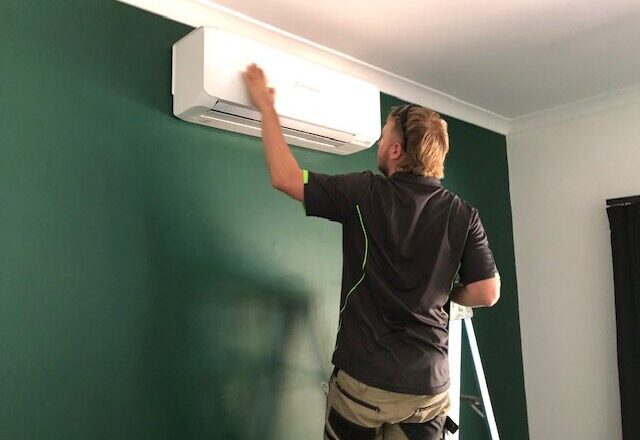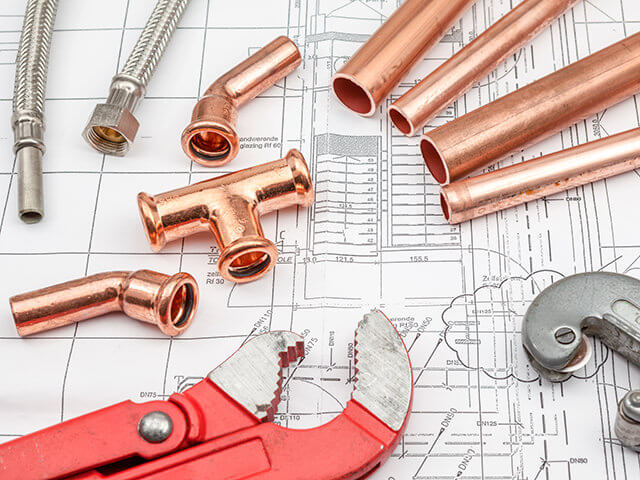Flush commodes are typically extremely simple devices that have actually not changed much considering that they were first developed. The tank on the back of the commode is loaded with water as well as there is normally a float regulated shutoff that quits the water moving right into the storage tank when it is full, this is called the ballcock shutoff.
There is a second shutoff managed by the handle on the commode that releases the water in the storage tank so it purges the bowl, this is called the flush valve. When the take care of is released the flush shutoff must shut and the storage tank should fill again up until the float reaches a degree that closes the ballcock valve as well as stops the water streaming into the container.
If your commode maintains running then this suggests that the water is continuing to run into the container and among the shutoffs is not working properly. There is an overflow tube in the toilet tank to avoid water from overflowing the tank as well as onto the flooring. The water in the storage tank is tidy water straight from your house supply and also there will normally be a tap simply listed below the bathroom to shut off the circulation of water to the container.
Flush Shutoff
The flush shutoff is the very first suspect if your commode keeps running. If the flush valve does not quit the water from spurting out of the storage tank then the float will certainly not reach a level to close the ballcock shutoff and also the water maintains running into the tank.
If your commode runs intermittently then maybe a sluggish leakage via the flush shutoff and the float might increase enough, in the beginning, to shut down the water yet after that slowly the water level drops until the ballcock valve opens once again to let in even more water.
If wiggling the manager quits the toilet running then you ought to check out the chain or bar than attaches the handle to the flush valve. The flush shutoff might resemble a softball-sized rubber round on a hinge-type device at the end of the tank. It is linked by a chain or lever to deal with so it is pulled up on its joint from its seat (the hole at the end of the container) as well as the water gets away.
If the chain is tangled or the lever curved the flush valve may not be returning appropriately to its seat and also the water is not quite from lacking the tank. Make sure the chain is long sufficient to allow the flush valve close appropriately.
If the flush valve is old, it might have become hard or bent in such a way that it is not shutting effectively. This is normally what triggers your commode to run periodically. A new flush shutoff is just a couple of dollars at your neighborhood equipment or plumbing supply shop. Be sure to take your old flush valve and also the make and design of your bathroom with you when you buy a new one.
To evaluate your flush valve before you remove it, try including some food tinting to the water in the storage tank, and afterward, see the water in the toilet bowl to see if it begins to change color suggesting that water is getting away from the container right into the dish. It may take a couple of hrs for the water in the dish to change color if it is a sluggish leakage.
To empty the container to remove your flush shutoff, first shut off the water to the storage tank at the tap below the commode after that purge the water from the storage tank. Detach the chain or bar from the flush shutoff and also slide it out of its hinging mechanism.
Ballcock Valve
The other suspect that may maintain your toilet running is the ballcock shutoff and also the float. Generally, this is adjusted appropriately when the toilet is mounted yet it is feasible that the float is not rising high adequate to shut the ballcock valve. If the water is running down the overflow tube after that this is a sign that the ballcock valve is not closing.
If you include food coloring in the water in the storage tank and you do not see an adjustment in the color of the water in the tank after waiting a few hours after that it is most likely the ballcock shutoff that is not working properly.
You may see changing screws on the top of the ballcock valve linked to a rod that holds the float. You intend to decrease the float so it closes the valve earlier as the water increases. At some time bending the pole a bit to reduce the float also works. You should also check to make certain that your float is actually drifting. For more tips and information, check out https://www.abacusplumbing.net/toyota-center-houston/




